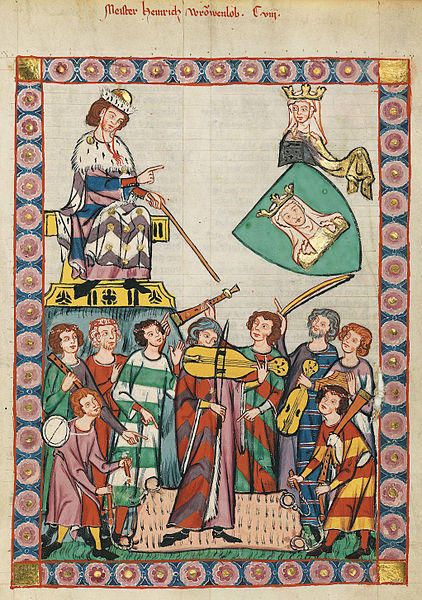Although medieval music is now more than eight centuries old, no one really knows what it is supposed to sound like. The reason: so much musical information has been lost over time. Prof. John Haines of the Faculty of Music and the Centre for Medieval Studies wants to change that. To try to put the pieces together again, he has been studying how people have interpreted French troubadour songs since they were first written in the late 13th century.
“We don’t know if instruments were used – or what kinds were used,” he says. “We don’t know the rhythm or how long the songs lasted. What people have had to do is fill in the blanks with the 250 surviving troubadour melodies.” He believes different influences have played important roles in how these songs have been interpreted – sometimes with an Arabic style or a lilting, waltz-like rhythm. “There is a great public fascination with the Middle Ages, and people are concerned about the accuracy of this music,” says Haines, who will present the results of his detective work in his book Eight Centuries of the Troubadours and Trouvères: The Changing Identity of Medieval Music.
Recent Posts
U of T’s Feminist Sports Club Is Here to Bend the Rules
The group invites non-athletes to try their hand at games like dodgeball and basketball in a fun – and distinctly supportive – atmosphere
From Mental Health Studies to Michelin Guide
U of T Scarborough alum Ambica Jain’s unexpected path to restaurant success
A Blueprint for Global Prosperity
Researchers across U of T are banding together to help the United Nations meet its 17 sustainable development goals





